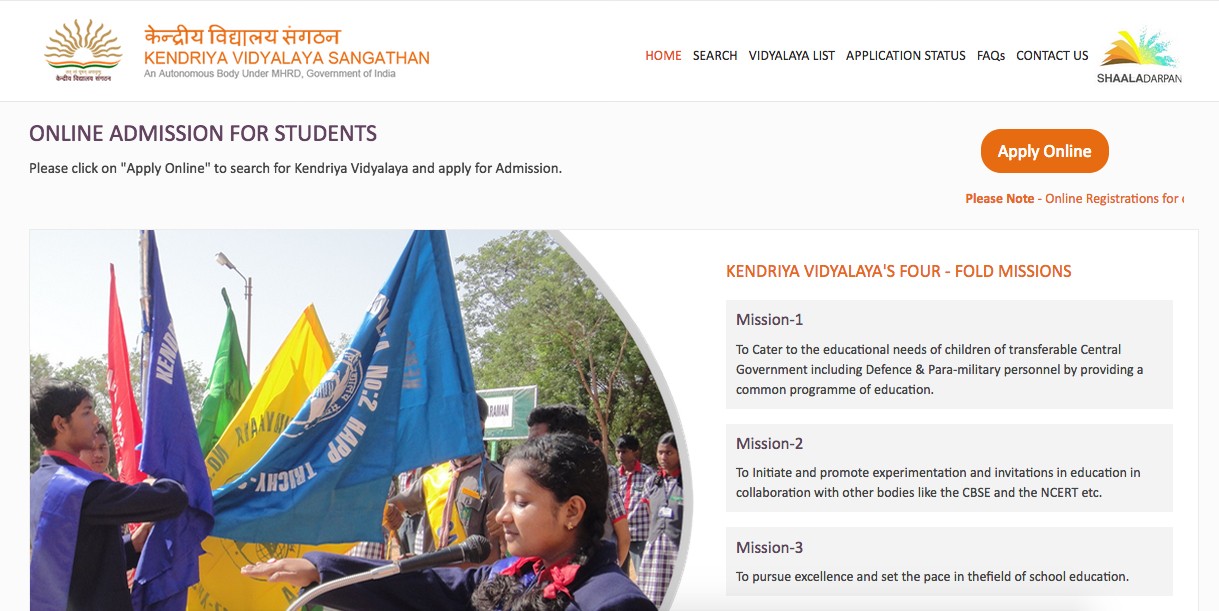Embarking on a journey to become a UX/UI designer involves understanding the needs of users and creating delightful, intuitive interfaces that enhance their experience. This 8-month roadmap will guide you through essential skills, tools, and concepts you need to master to become a proficient UX/UI designer. By following this plan, you'll gain the foundational knowledge and practical expertise needed to craft beautiful and user-friendly digital experiences.
Month 1: Understanding UX/UI Basics
Focus: Learn the fundamentals of user experience (UX) and user interface (UI) design.
Topics to Cover:
- What is UX/UI Design?: Understand the role of UX and UI in product design.
- Design Thinking: Learn about the Design Thinking process and its five stages: Empathize, Define, Ideate, Prototype, and Test.
- User-Centered Design: Grasp the basics of creating designs with the user in mind.
Resources:
- YouTube Channels: AJ&Smart, The Futur
Project Suggestion: Design a simple app concept, such as a weather app, focusing on user needs.
Month 2: Research and Empathy
Focus: Understand your users through research and empathy mapping.
Topics to Cover:
- User Research Methods: Surveys, interviews, and observational studies.
- Personas: Create personas to represent your target users.
- Empathy Mapping: Develop empathy maps to understand what users think, feel, and do.
Resources:
- YouTube Channels: NNGroup (Nielsen Norman Group)
Project Suggestion: Create a user persona and empathy map for your app concept from Month 1.
Month 3: Information Architecture & Wireframing
Focus: Organize information effectively and create the first visual representation of your design.
Topics to Cover:
- Information Architecture: Learn how to organize content in a way that makes sense to users.
- Sitemap Creation: Develop a sitemap for your app.
- Wireframing: Create low-fidelity wireframes to establish layouts.
Resources:
- YouTube Channels: Jesse Showalter, Sketch Together
Project Suggestion: Create a wireframe for the app concept from the first month, focusing on simple, intuitive layouts.
Month 4: UI Design Principles
Focus: Learn about visual design principles and how to apply them to your interfaces.
Topics to Cover:
- Color Theory: Understand how to use colors effectively to evoke emotions.
- Typography: Learn about font selection, hierarchy, and legibility.
- Visual Hierarchy: Use size, contrast, and spacing to guide users' attention.
Resources:
- YouTube Channels: Flux Academy, CharliMarieTV
Project Suggestion: Design a high-fidelity version of the weather app using colors and typography effectively.
Month 5: Prototyping and User Testing
Focus: Bring your designs to life through interactive prototyping and validate them through user testing.
Topics to Cover:
- Prototyping Tools: Learn tools like Figma, Adobe XD, or InVision.
- User Testing: Conduct usability testing sessions to identify issues.
- Iterate: Use feedback from testing to improve your design.
Resources:
- YouTube Channels: Figma, InVision
Project Suggestion: Create an interactive prototype of your app concept and conduct user testing with friends or peers.
Month 6: Accessibility and Responsive Design
Focus: Ensure your designs are inclusive and work across all devices.
Topics to Cover:
- Accessibility: Learn about WCAG guidelines and how to make your designs accessible to everyone.
- Responsive Design: Design for different screen sizes using grids and flexible layouts.
Resources:
- YouTube Channels: Google Webmasters, UX Mastery
Project Suggestion: Make your weather app design responsive and ensure it meets basic accessibility standards.
Month 7: Design Systems and Collaboration
Focus: Learn to create reusable components and collaborate effectively with developers.
Topics to Cover:
- Design Systems: Understand the concept of reusable components, styles, and consistency.
- Collaboration with Developers: Learn to use tools like Zeplin, Figma, or InVision for developer handoff.
Resources:
- YouTube Channels: DesignCourse, The Futur
Project Suggestion: Create a design system for your weather app, including reusable buttons, forms, and color styles.
Month 8: Building Your Portfolio and Networking
Focus: Showcase your skills by building a portfolio and start networking.
Topics to Cover:
- Portfolio Building: Select 2-3 projects that showcase your skills and process.
- Case Studies: Write in-depth case studies explaining your design thinking, challenges, and solutions.
- Networking: Join design communities, participate in events, and connect on LinkedIn.
Resources:
- YouTube Channels: CharliMarieTV, The Futur
Project Suggestion: Build an online portfolio showcasing your design projects and case studies, and share it in design communities for feedback.
Additional Tips for Success
- Practice Daily: Dedicate time every day to design or sketch ideas.
- Seek Feedback: Always ask for feedback from peers, developers, or users.
- Stay Inspired: Follow other designers on Dribbble or Behance for inspiration.
- Document Your Process: Showcase your problem-solving skills by documenting each project in your portfolio.
Free Comprehensive Learning Resources
- Interaction Design Foundation
- Coursera
- Figma Free Plan
Final Thoughts
Becoming a UX/UI designer is a creative journey that requires empathy, research, and visual design skills. This 8-month roadmap will take you through the essential steps needed to start a career in UX/UI design. Remember, design is an iterative process, and your skills will improve as you continuously practice and seek feedback. Best of luck, and enjoy creating user experiences that people love!






